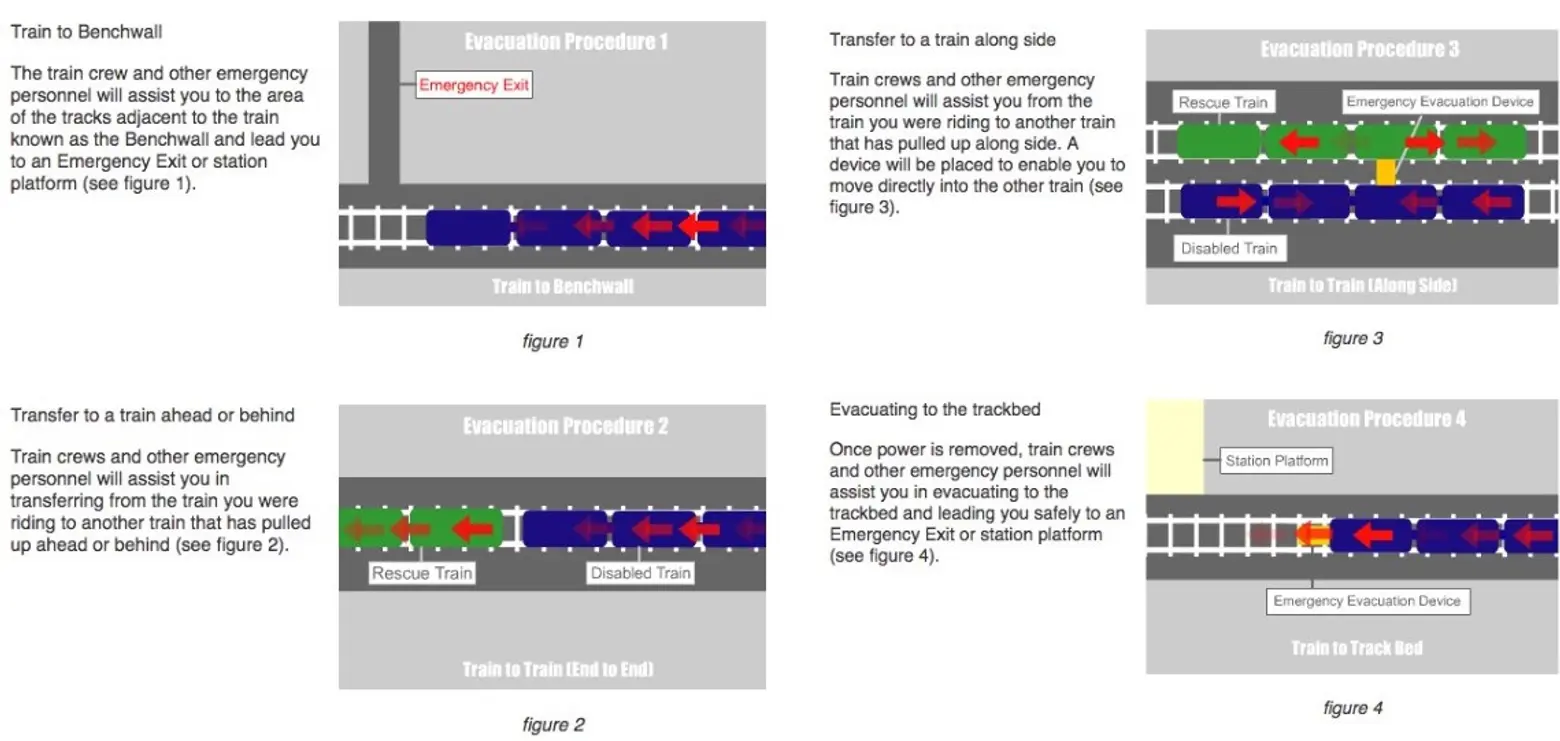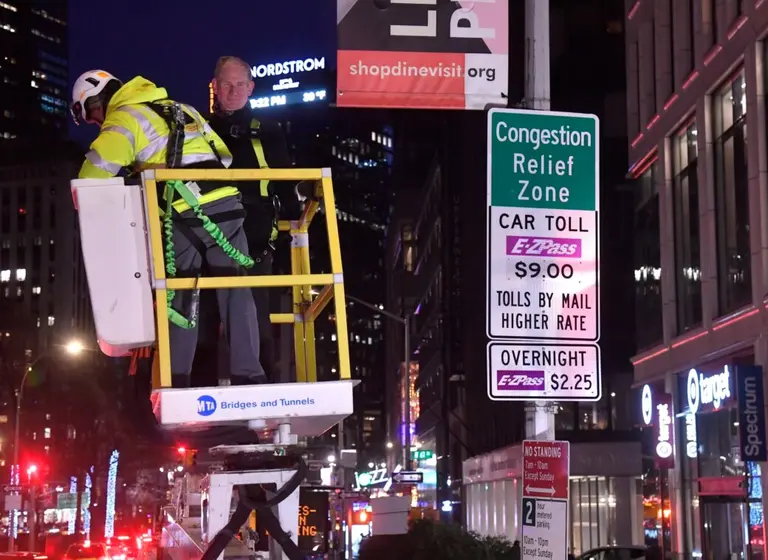Recent breakdown spurs demand for better subway escape plans

After experiencing a big dose of the NYC “train pain” that seems to be reaching epidemic proprtions lately, subway passenger Michael Sciaraffo has launched a campaign against the MTA for what he feels are lousy safety standards. After being “trapped on a sweltering F train” that got stuck in a tunnel during a recent “colossal breakdown,” Sciaraffo was mad enough to demand that straphangers be provided with a better protocol for escaping to safety in the event of a mass emergency. The city’s already-strained subway system moved 5.6 million passengers a week 2016, leading to a reported 70,000 delays per month over the last five years according to NBC New York.

Summer subway repairs and their subsequent delays have caused similar–if not as severe–painful experiences throughout the system. After sweating for 45 minutes on an un-air-conditioned F train car, Sciaraffo feels he–and fellow riders–are in “deathly danger” due to the lack of clear instructions for escape in the event of being stuck in an overheated subway car, recounting how “people started to disrobe completely. Like they were at the beach.” The same concern was shared by at least one passenger who scrambled from a similarly stuck F train earlier this month, and today’s news of a Manhattan train derailment that, according to the New York Times, had panicked passengers “milling about on the tracks” to escape conditions more serious than heat compounds concerns of antiquated cars and equipment.
Sciaraffo has mounted a one-man campaign to get the governor, state lawmakers, city council members, federal officials, MTA officials and congressional representatives to bring about an overhaul of the system, lamenting that “as it stands right now, if you ask a subway rider what they should do in an emergency on a train, you will get a blank stare.” He believes subway customers should “be exposed to an ad campaign with pamphlets, ads and diagrams on train cars, platforms and stations,” pointing out that the Washington, D.C. metro system takes the step of instructing riders how to escape a train in case of an emergency.
The MTA’s response is that the idea of having passengers bolt from cars stuck in underground passageways is far worse. An MTA spokeswoman responded to Sciaraffo’s complaint by saying that “Customers should never leave a train on their own. It’s dangerous and potentially deadly and it requires us to shut down entire lines and delay thousands of other customers because of the safety hazard it presents.”
Which makes sense, as the idea of roaming unsupervised through subway tunnels filled with electrical wires and oncoming trains makes being stuck in a sweltering F train with naked passengers, raccoons and mice seem like a walk in the park.
But if your fight-or-flight response ever threatens to veer into the latter on an unfortunate summer commute, it might be worth it to review what the MTA offers in the way of guidance: “In the event of an emergency that requires evacuating a train, MTA New York City Transit needs you to follow some simple rules to facilitate getting you to a safe place. Remeber that your best protection is to remain calm, think clearly, and follow the instructions of the train crew.”

Though the information on exactly where the crew will take you isn’t posted on the brightly-colored instruction stickers that appear on trains–possibly for good reason–further reading tells us that there are, in fact, several routes to safety in the event an evacuation is required:
Train to Benchwall: The train crew and other emergency personnel will assist you to the area of the tracks adjacent to the train known as the Benchwall and lead you to an Emergency Exit or station platform (see figure 1).
Transfer to a train ahead or behind: Train crews and other emergency personnel will assist you in transferring from the train you were riding to another train that has pulled up ahead or behind (see figure 2).
Transfer to a train along side: Train crews and other emergency personnel will assist you from the train you were riding to another train that has pulled up along side. A device will be placed to enable you to move directly into the other train (see figure 3).
Evacuating to the trackbed: Once power is removed, train crews and other emergency personnel will assist you in evacuating to the trackbed and leading you safely to an Emergency Exit or station platform (see figure 4).
Sciaraffo feels this isn’t a good enough plan. “To deprive passengers of the ability to rescue themselves in an emergency situation is inhumane and frankly, if not already illegal, then it should be,” he said. “There are supposed to be emergency exits.”
MTA Acting Executive Director Ronnie Hakim has ordered a thorough review of recent subway delays; the MTA has promised to improve communication with customers, in addition to the rollout of a $20 million plan to put a rapid response team on the job of fixing signals and switches when they break.
[Via NBC New York]
RELATED:
Get Insider Updates with Our Newsletter!
Leave a reply
Your email address will not be published.
































Train to benchwall illustration is useless. It looks like the passengers are just staying in the disabled train from that illustration. Try again.